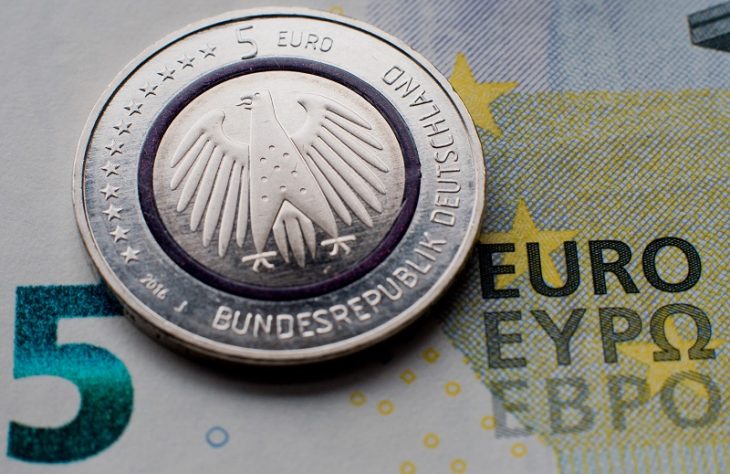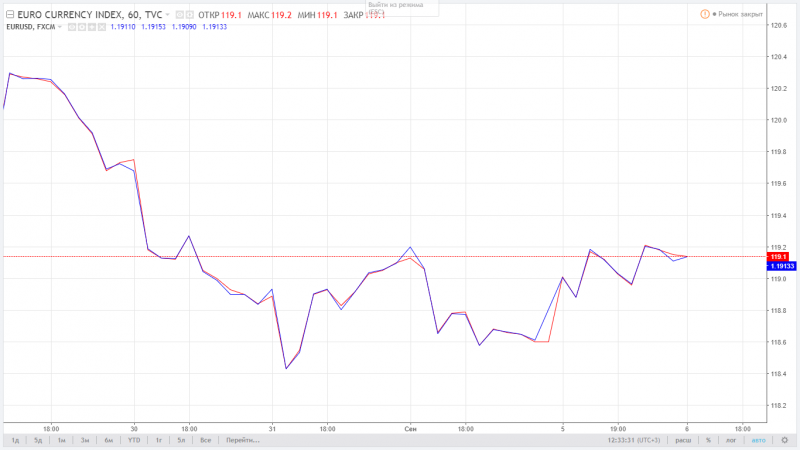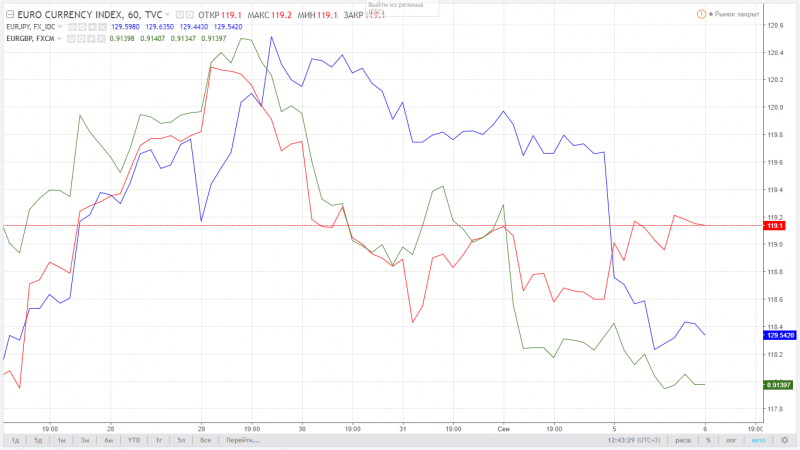
The euro index as an auxiliary indicator. Anton Hanzenko.
Earlier, the US dollar index was considered as an auxiliary indicator of trading in the Forex market for pairs containing American currency. Less popular, but no less effective is the euro index, which is widely used when trading in currency pairs that contain euros (EUR).
The Euro Index (Euro Currency Index, ECX or EURX) – reflects the strength of the single European currency against five world currencies: the US dollar, the Japanese yen, the British pound, the Swedish krona and the Swiss pound. The euro index has a similar calculation method, as in the US dollar index, but with other variables. The euro index is calculated as a weighted geometric mean, which means the value of currencies are not equally taken into account in the index. The influence of major currencies has the following percentage effect on the euro index: USD – 31.55%; GBP – 30.56%; JPY – 18.91%; CHF – 11.13%; SEK – 7.85%.
The euro index, like the US dollar index, is valuable in assessing the state of the single currency and its strength relative to the main basket of world currencies. Therefore, this index is also used as an auxiliary one for trading in pairs containing euros (EUR) and not only against the currencies that are included in the calculation of the index.
Below is an example of the direct dependence of the euro index and the pair EUR/USD, where the red line corresponds to the euro index, and the blue one to EUR/USD currency pair.

So, when the discrepancy between the price chart of a currency pair and the euro index is formed, one should expect the pair to move towards the index.
This dynamics remains for other currency pairs, but with a significantly lower dependence. The chart below shows an example of the dependence of the euro (red line) on the currency pairs EUR/JPY (blue line) and EUR/GBP (green line).

This chart shows a less strict dependence, which is due to some fundamental factors and the specifics of currency pairs. But, even so, the dynamics of the index coincides with the overall dynamics of currency pairs, and the discrepancy indicates an undervaluation of the European currency.
Of course, the euro index, like the previously mentioned US dollar index, has the same shortcomings, because they are similar to each other. The euro index serves to assess the very state of the single currency. Also, the euro index should be regarded as an auxiliary indicator when trading in currency pairs containing a single currency.
Hanzenko Anton